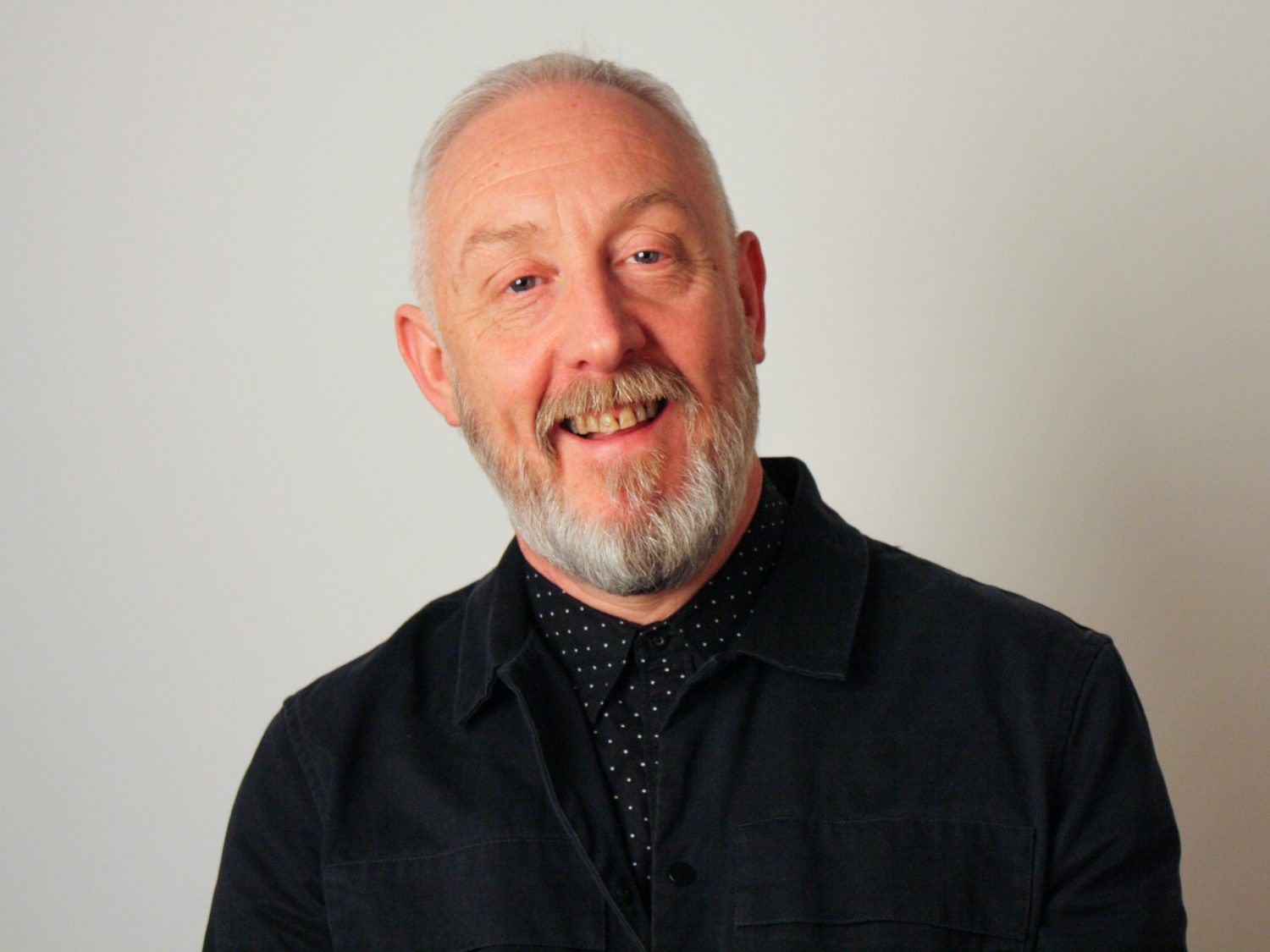Each month we pose a question to the brilliant Peter Houston, co-host of the Media Voices podcast and magazine publishing consultant, who will answer in his fabulously inimitable way. This month’s question came from Audra Martin, digital strategist to the media industry, and agile and open-source advocate.
Housty, we have a problem

How can smaller teams balance endless deadlines with creative thinking and making changes?
Brilliant question! Time to think, time to do anything not deadline related, often feels in very short supply these days. But we all know how important thinking is (well, most of us). It’s how we get better at what we do.
In the bad old days, there used to be a natural break in the cycle after a magazine was out the door and off to the printer. That natural hiatus was perfect thinking time. Space for wash-ups, post mortems, planning sessions or even just sitting staring blankly out the window and thinking about what just happened and what was coming.
But digital is different; you’re never done. Even if you’ve sent your pages to print, there are always social media accounts to tend or copy that needs putting into the CMS. Ironically, the relentless drive of digital innovation makes it more likely than ever that magazine teams will do what they’ve always done, even if ‘always’ is only since the last new format was added to the schedule.
For that reason alone, it is crucial to be very intentional about thinking time.
There are a million articles on the web about how to get good at thinking, mostly written by kale smoothie-drinking productivity bros. Have a read if you want, but the only way you’ll get your team time to think is to talk to your team about thinking.
Here’s what I’d do (and I promise I’ve never had a kale smoothie).
Set priorities – There are different kinds of thinking; solving process problems is usually very different from planning world domination. Setting priorities with your team will shape what kind of thinking you need to be doing together.
Group think – Three, four or five heads are definitely better than one and going through the process together will embed those priorities in the team. A wee warning though, while brainstorming can be fun, it’s not particularly productive. Bring some focus to your hive mind.
Alone time – Don’t dismiss individual ideas. Give people permission to imagine how your magazines and your processes could be better. There absolutely is such a thing as a bad idea, but there’s no such thing as bad trying. Reward effort, not just success.
Steal like an artist – Picasso and Austin Kleon say lifting other people’s ideas is allowed. Research competitors, non-competitors, different industries, anything that will bring fresh thinking into your group. Join a Hive session and hear other people’s thoughts on your problems.
Act on ideas – Nothing sucks the will to think creatively out of a team like the black hole of inaction. If ideas are impractical, explain why and send everyone off to think again. If an idea works, do whatever it takes to make it real. Nothing motivates thinking like positive change.
Deadlines aren’t the enemy
The one thing none of this addresses is time. Unfortunately you can’t create time – you’ll need to clear some space in the schedule. Try to fix a regular ‘thinking time’, at least for group sessions. Get it in the calendar and treat it like a client meeting or a client deadline. Long term, it’s just as important.
Finally, deadlines aren’t necessarily the enemy of creative thinking. Sometimes they help.
Tell me you need a solution to a problem and I’ll nod, promise to think about it and that’ll be that. Tell me you need a solution to a problem by teatime and I’ll email you with some options by 4.00pm.
Fix a time frame, get it in the schedule and set some priorities. Then let me know what you THINK.
Peter Houston is one third of the Media Voices podcast, a magazine publishing consultant and trainer, and a freelance writer.
